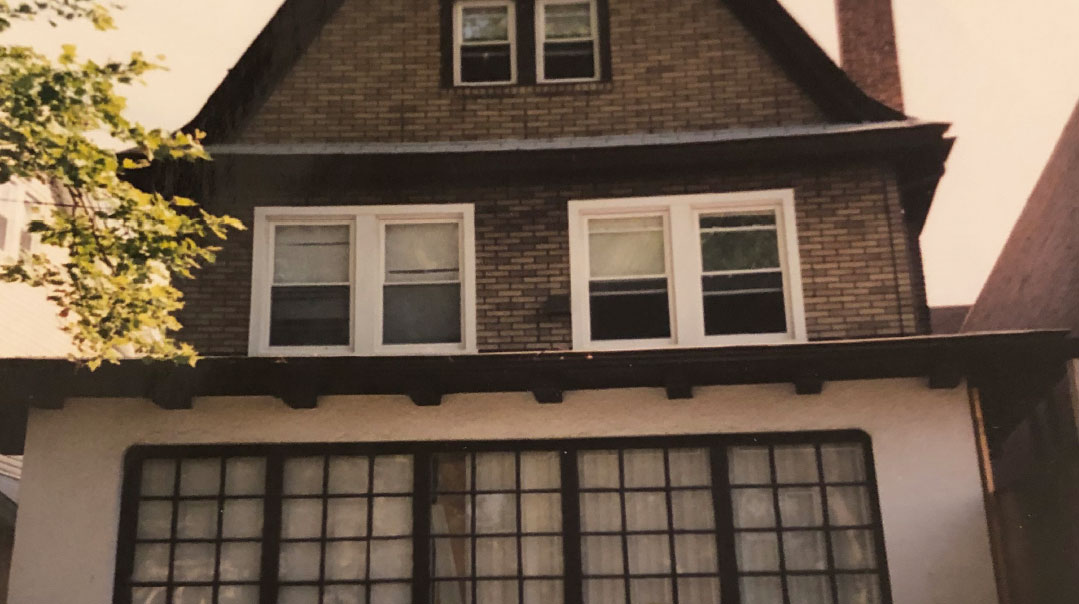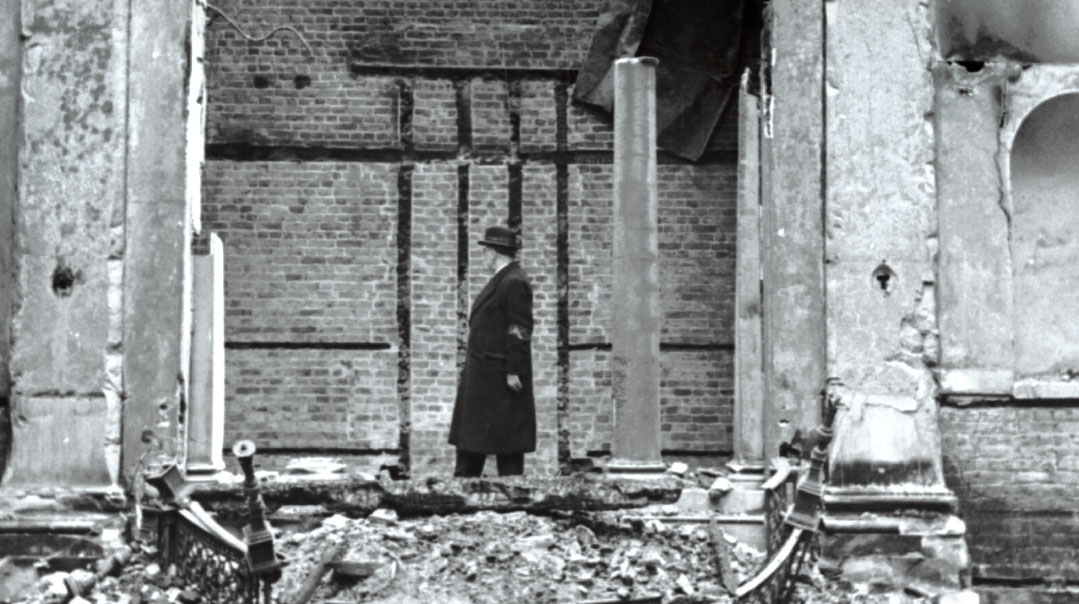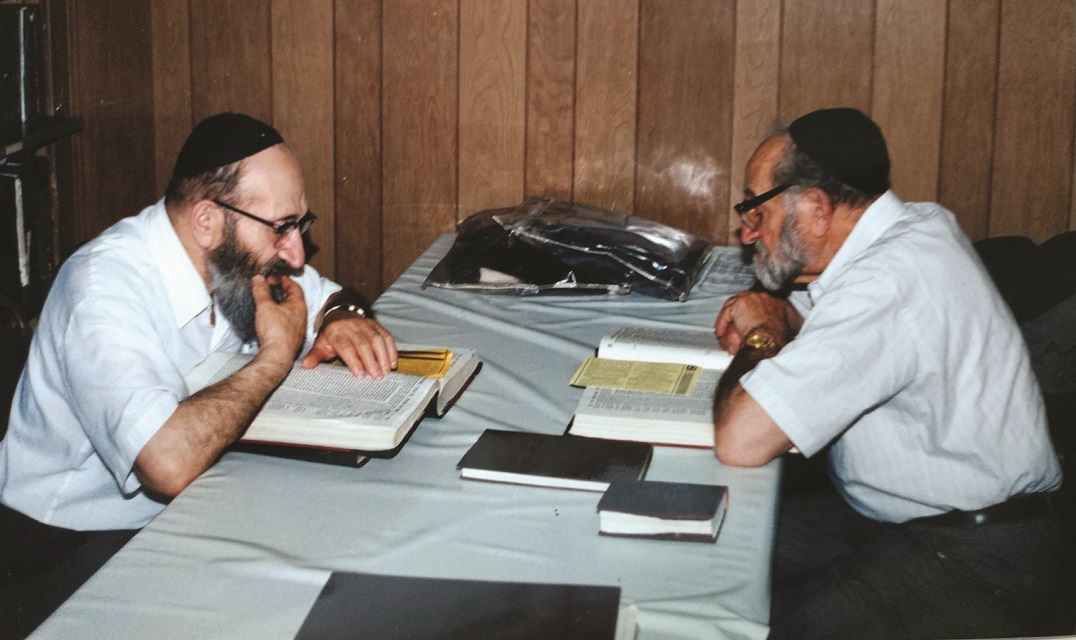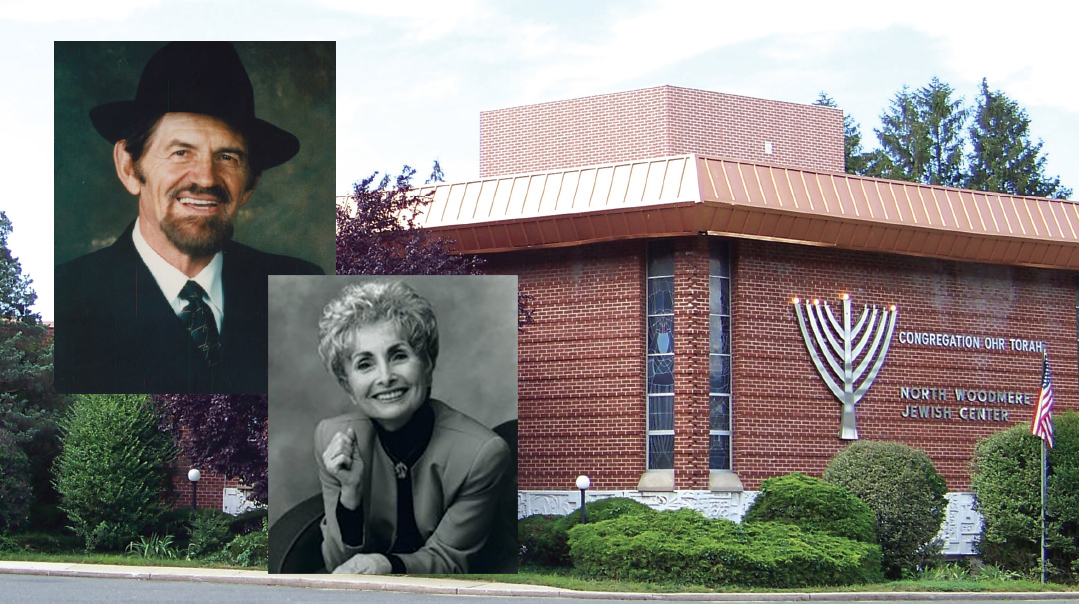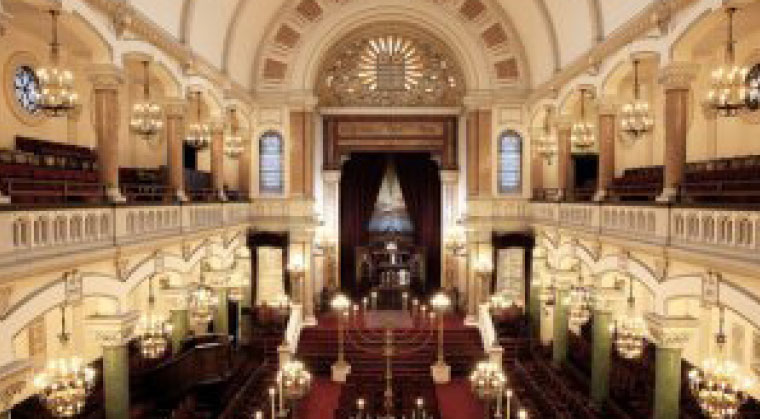What’s Left of Libya?
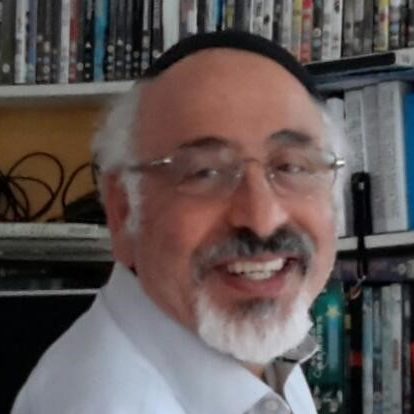
I had already fled Benghazi, the city of my birth, in 1958, at the age of 17. But the memories of Libyan Jewish life and my family’s shul there are still vivid and sustain me to this day.

Benghazi’s Real Beauty
The Grand Synagogue
When Muammar Gaddafi expelled Libya’s remaining Jews in 1969, he displaced the last vestiges of a community with roots going back to the time of King Solomon.
I had already fled Benghazi, the city of my birth, in 1958, at the age of 17. But the memories of Libyan Jewish life and my family’s shul there are still vivid and sustain me to this day.
Like all Diaspora kehillos, the Libyan Jewish community saw its share of troubles. After the destruction of the Second Temple, the next few centuries saw Jews trickling back from Spain, Portugal, Egypt, and Morocco, with a major influx from Italy in the 16th century. The resulting population was a unique mix, covering the range from blond and blue-eyed to olive-skinned, with a fascinating variety of culture and cuisine. Successive invasions over the centuries gave Libyan Jews different rulers, but rarely left them better than second-class citizens.
With the start of Italian colonial rule in 1911, local Italian-speaking Jews were at least able to advance in administration and business. But the Fascist takeover and Mussolini’s alliance with Hitler brought a drastic change in fortunes; during the war, many Jews were taken to concentration camps in Libya, Italy, and even Auschwitz.
The Axis defeat and the end of the war brought little relief. Libya’s predominantly Arab population became restive during the lead-up to the founding of the State of Israel, and there was a series of attacks on the Jewish community between 1945 and 1949. By the early 1950s, 90 percent of Libya’s 40,000 Jews had made aliyah, leaving only a few hundred families living in an increasingly hostile environment. Nasser’s inflammatory radio broadcasts from Cairo incited many volatile young Arabs to attack Jews. Hundreds were killed, shuls were burned, Jewish businesses were looted, and travel abroad became nearly impossible. Nevertheless, as long as Jews did not show open interest in Israel, they were able to maintain cordial relations with the general Arab population and live fairly securely, albeit with an underlying feeling of foreboding.
I was born in Benghazi in 1941, and by the time I was growing up, only two shuls remained standing there. One was Tzelat Bramli (Tzelat is Aramaic for praying, and Bramli is the family name of its wealthy benefactors). This was in the ghetto now mostly abandoned by the Arabic-speaking Jews who had made aliyah. Tzelat Bramli was a very old, imposing edifice built in the grand style with wood, marble, colonnades, a bimah big enough for a children’s choir, and a large ark. The semicircular ladies’ gallery had formerly accommodated large numbers. But now the congregation, once in the hundreds, was reduced to a couple dozen families.
The shul of my formative years, known as the Grand Synagogue (Tzelat Alkebira, in Judeo-Arabic), stood in the European section of town, catering to the slightly larger congregation of mostly Italian-speaking Jews still hoping to make a life in Benghazi. It was of more recent construction and modern design, with a very high ceiling, rows of comfortable benches with backrests facing in toward the central bimah, a ladies’ gallery, a simchah hall, and a Talmud Torah classroom.
Like all shuls, ours had its characters.
Over half a century later, I can still feel and hear the heavy footsteps of the shamash who used to summon us for Selichot services, which Sephardim observe for 40 days from Rosh Chodesh Elul. He walked the streets at the crack of dawn, giving two knocks with his walking stick on the gates of Jewish houses. It was uncanny how we could tell when he was getting closer and then going away from our home. Years later I learned about the Doppler effect, whereby you can tell when a sound is moving toward you, and then away, by the changes in pitch. I still feel a slight shiver when I recall my father (and often my older brother and I) jumping up to get ready for davening.
There was Mr. Mushi, who used to walk up and down the aisles of the shul to ensure complete decorum during davening. Just a look from him was enough to freeze you on the spot and stop any idle chatter. Then you had Mino (short for Abramino), who watched us like a hawk, and would run from one end of the shul to the other to warn someone whose tallit was sweeping the floor. (In a Sephardi shul, you see, this is extra important. Sephardim tie their tzitzit according to a special minhag that hints at Hashem’s Name: The four groups of coils on the strings number ten, five, six, and five windings, reflecting the gematria of yud and hei and vav and hei. Sephardim are therefore particularly scrupulous about not letting tzitzit touch the floor.)
The most fascinating and mysterious of all the congregants was Mr. Meyohas, a multimillionaire who came to shul mostly on the Yamim Noraim and other festivals. At the auctioning of the aliyot on Yom Kippur, he would bid as high as necessary to obtain petichah. His contribution for that mitzvah alone would keep the shul going for the whole upcoming year.
Oh, yes, the auctioning of the aliyot: a very jolly and noisy time, providing a needed break from the solemnity of prayer. Lots of people used to bid for a particular aliyah, only to offer it to a friend, visitor, or baal simchah.
From this I learned two valuable lessons: the value of an aliyah, and the importance of not judging your fellow man. According to our “frum scale,” Mr. Meyohas was not observant, but he kept the community economically afloat and was always ready to help those in need.
Then we had Rabbi Madar, a pint-sized Judeo-Arabic-speaking man who had wanted to make aliyah back in 1949, but stayed on to look after his flock. A product of the previous generation, he resisted changing over to European clothing like everyone else had. Then one day he turned up in shul with a hat, suit, and tie, to the amazement and spontaneous applause of the congregation. He spent most of his time in his office, deeply concentrating on a Gemara. He had a good relationship with the local Arab clergy; several times they asked him to organize a prayer for rain during a lengthy drought. He was an excellent peacemaker, arbitrating domestic disputes and following them doggedly till they were resolved.
He was probably the only one who was happy when Gaddafi expelled the Jews in 1969, for he ended his days in his beloved Eretz Yisrael.
The real beauty of my shul in Benghazi was its magnetic atmosphere, the people’s warmth and readiness to embrace each other with genuine affection. But what I miss most is the respect people had for each other, and especially for the elderly. When an older person entered shul, younger people would stand up or bow as he passed by. When a father or grandfather was given an aliyah, the children and grandchildren would remain standing from his first brachah, through the leining to the final brachah. Then they would go up to the bimah to kiss his hand.
Another really beautiful custom, still seen in Sephardi shuls and also increasingly in Ashkenazi ones, is during the duchaning, when the head of the family places his tallit over the heads of his sons and grandsons. This gesture brings children closer to their father and reinforces the value of his blessing, just like on Friday night. In my shul in Benghazi the children would kiss their father’s hand afterward.
The most spectacular and moving moment of the whole year came at the duchaning during Mussaf on Yom Kippur. Children of all ages —including daughters under bat mitzvah — would gather under their father’s tallit, and he would recite the brachah in unison with the Kohanim. My mother a”h recalled that it was a most beautiful and awe-inspiring sight, particularly from the ladies’ gallery: one continuous blanket of tallitot covering the heads of the congregants from one end of the shul to the other, while solemn voices intoned the threefold priestly blessing.
Hoshana Rabbah, as well as being an important day of prayer and repentance, also had a happy, Yom Tov like atmosphere. Most men went to shul before dawn, often with their wives and children, all in their best finery. I still remember with great affection returning home alongside my brothers and following our father as he “chastised” my mother and sister for not going to shul by gently “whipping” them each three times with the bundled willow branches. Then, with a kiss and a smile, he would give them a brachah. (I have always kept up this tradition, to the accompaniment of shrieks of laughter from my wife and daughters.)
One not-so-amusing consequence of our Hoshana Rabbah observance typified our fragile coexistence with our Arab neighbors. Having been awakened by the predawn chorus of Hebrew singing from the shul, one man took it into his head that we were celebrating Israel’s Independence Day! He called the authorities, who duly summoned Rabbi Madar. Trouble was averted when the rabbi explained that this religious service was a follow-up to “the big fast,” and that the exuberance was due to our sins having been forgiven. But it was a close call.
In 1958 great danger compelled me to escape from Libya — which only became possible due to the offer of a one-year placement at a technical college in Cambridge, England. From there I was able to inveigle myself into Gateshead Yeshivah, where I stayed for two wonderful years, before moving to London to study at university and settle down. (I am hoping to record my escape from Libya and its nerve-wracking aftermath in a book to be entitled Diary of an Impostor. Any inquiries from publishers are welcome…)
Gaddafi, the last ruler of Libya, thought he would put an end to that culturally rich community by expelling them all to Italy in 1969, just like so many leaders down through the ages have sought to stamp out Jewish life. They were, of course, totally mistaken. New shtetl-like communities are springing up with their culture intact all over the world. Similarly, the unique, rich customs of the Libyan Jews can be experienced in Israel, Rome, and many corners of the world, with a renewed energy and enthusiasm that defies logic. But then, when did logic ever determine Jewish history?
Am Yisrael chai.
In memory of my parents and mechutanim: Yaacov and Esther Meghnagi and Yaacov and Rivka Freedman
(Originally featured in Mishpacha, Issue 744)
Oops! We could not locate your form.







